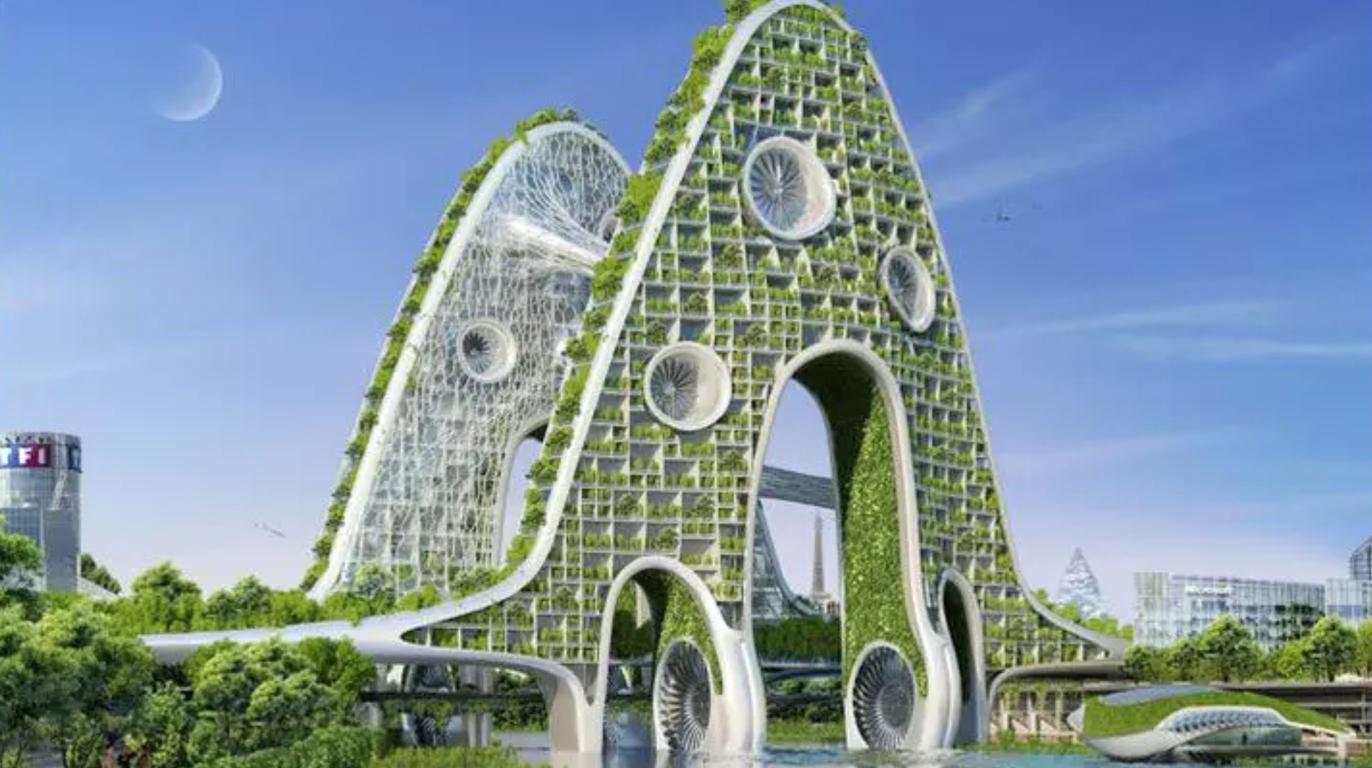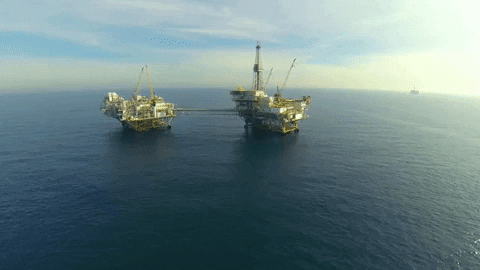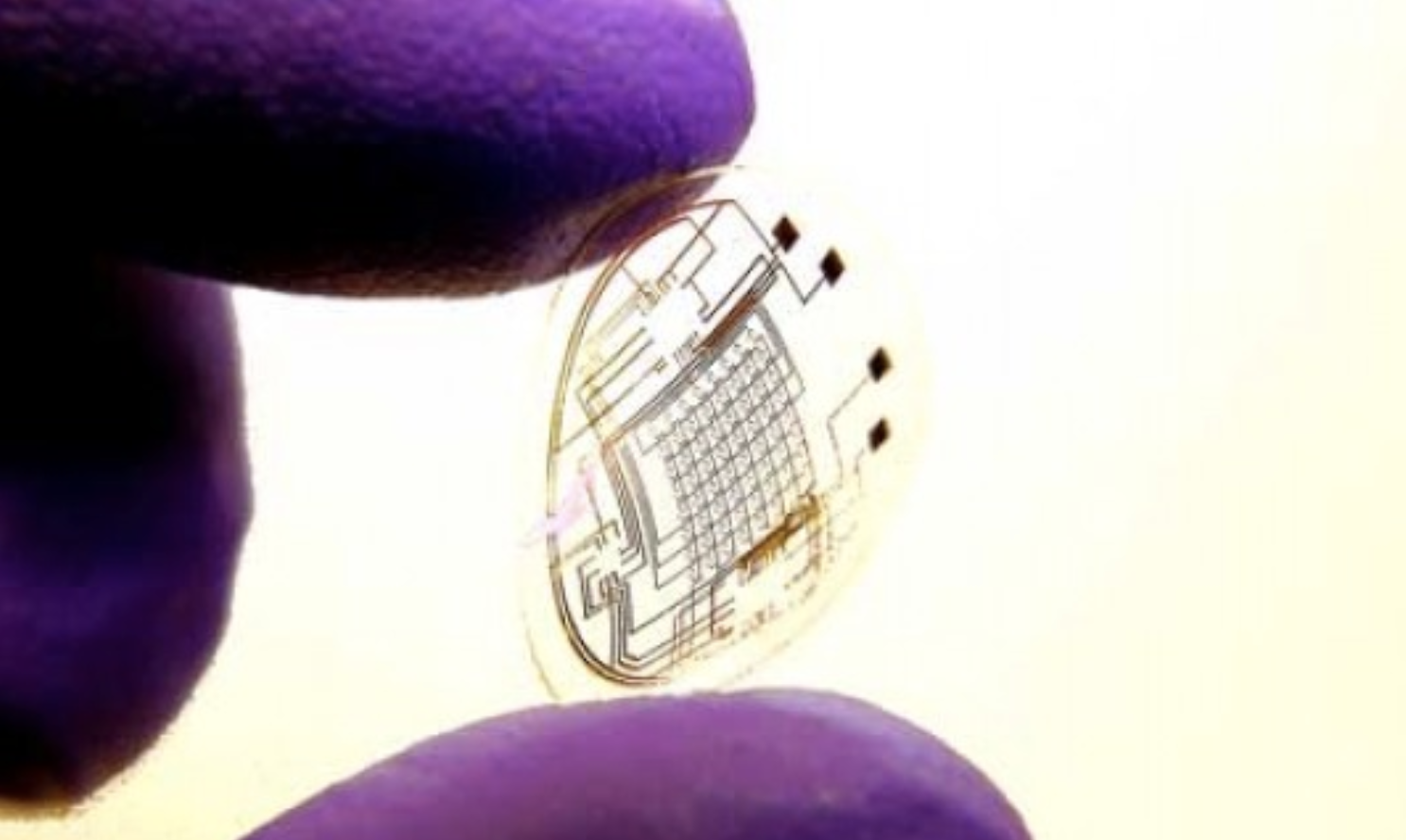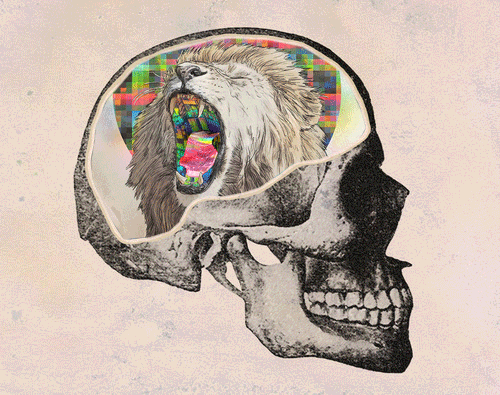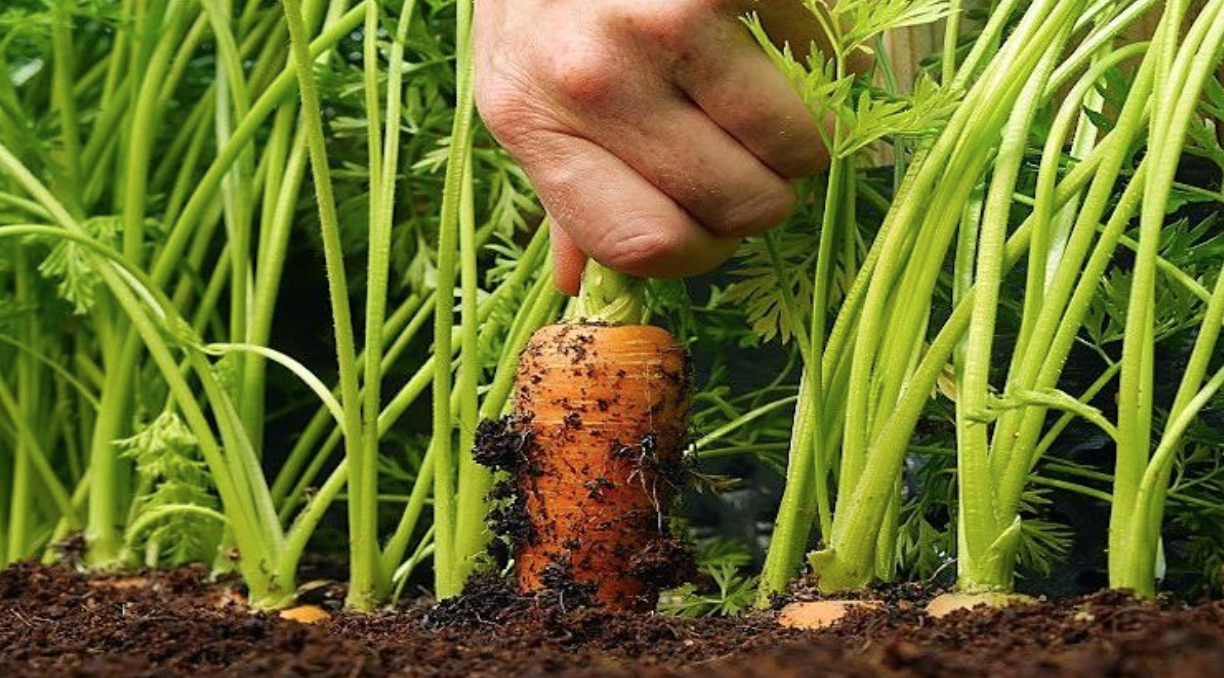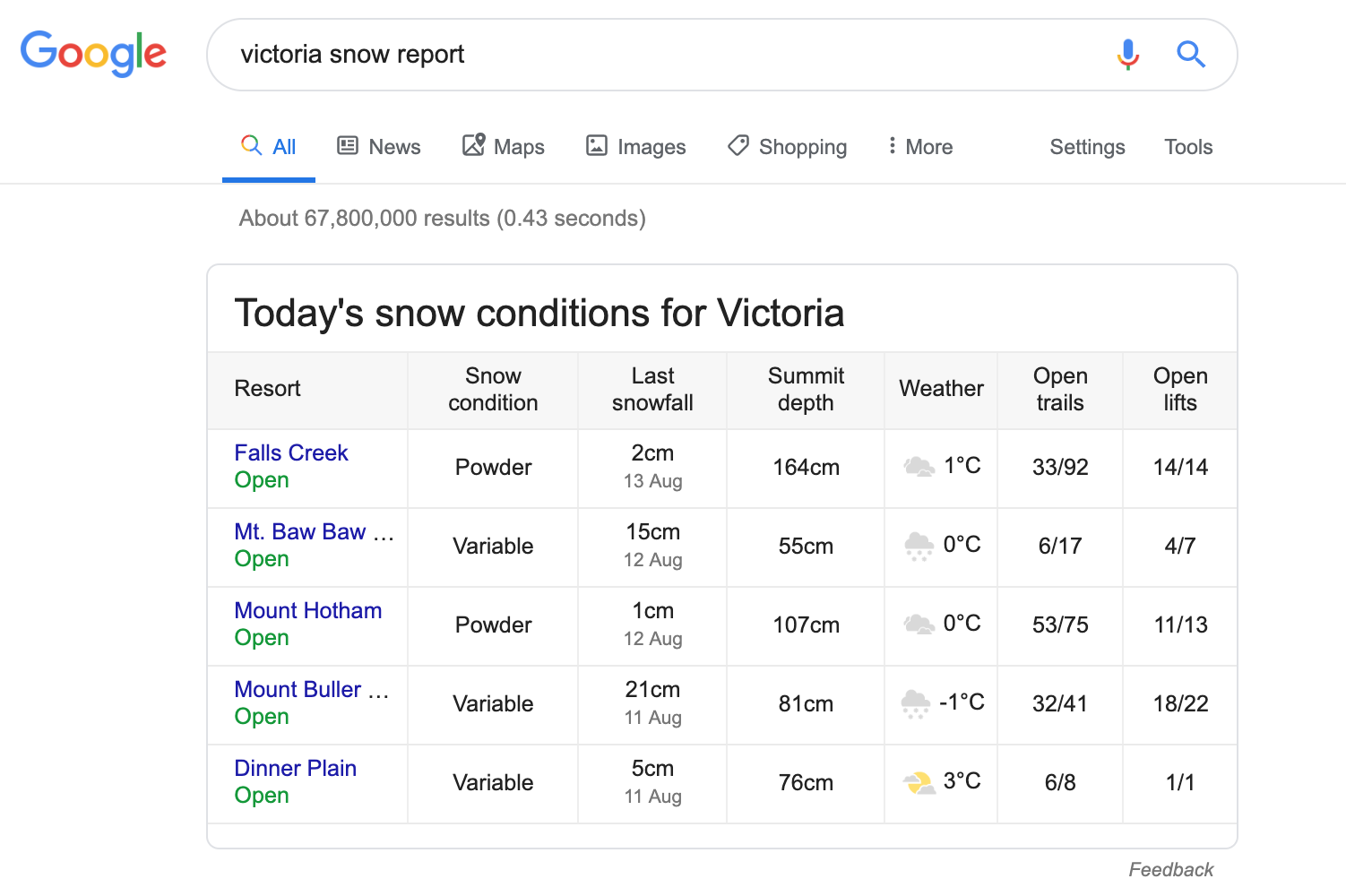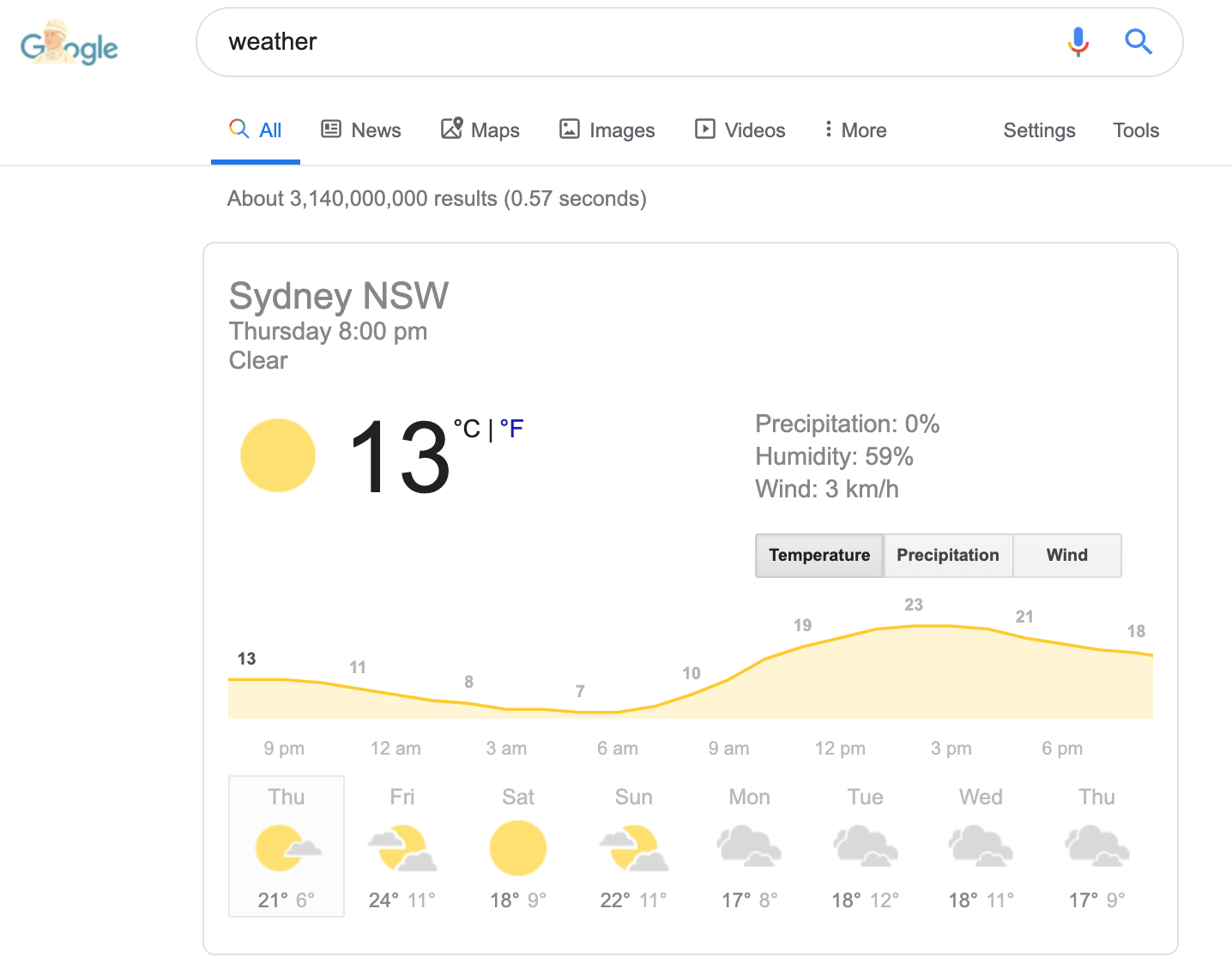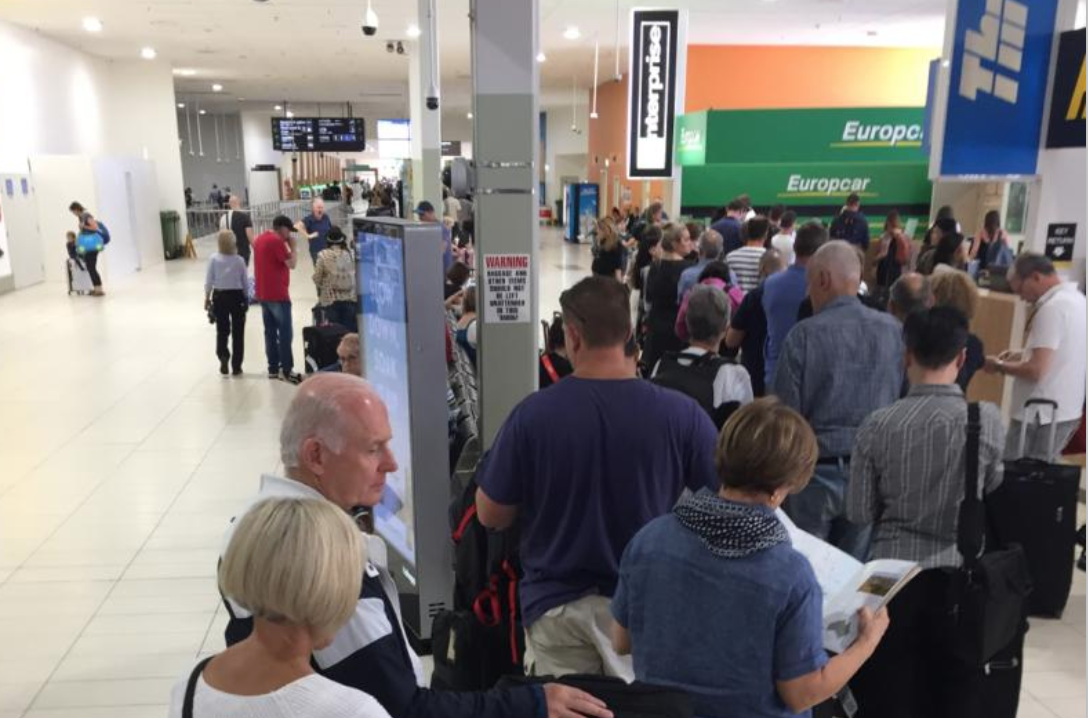
Customer service systems have improved so much in the past 20 years that we take for granted how arduous some things used to be. I was reminded yesterday when I had to pick up a hire car that not every industry has embraced the possible. Why? To maximise profit while the barriers to entry are still high. It made me wonder if one car rental brand is called Hertz on purpose!
The picture above is the line I was waiting in. It inspired this spur of the moment LinkedIn post which really seems to really have struck a nerve. Here’s what I posted below:
Dear Rental Car Industry: this is a queue from today. Most brands have it at the airport today & often. The problem isn’t a busy day, it’s that your rental process is stuck in 1989. We waited nearly an hour! I don’t buy for 1 second that this process couldn’t be all digital and all automated. A simple text with my car rego and bay number is all we need. Condition reports can be pics on drive out, insurance, copies of driver licenses and credit card details all can and should be automated. Let’s call it ‘sub-optimal’ – I could redesign this in a day & fix this in 2 weeks.
As I write this the post has had 73,157 views, had 978 reactions and 196 comments.
The comments on the LinkedIn post provided some deep insight into industry disruption, technology and CX. But more importantly, it was filled with many customer centric fixes, and startups in the process of doing so.
– – –
The story doesn’t end there.
Once I finally got to the check-in counter, I was then asked if I wanted insurance, and that the excess for not choosing insurance was $5000. Seriously? I felt extorted. The risk of not taking the insurance seemed far too high not to proceed. The crazy bit is that it added more than $200 to my final rental price for a few days, which almost doubled what I had paid for when I booked it online. What is clear is that this isn’t offered at the time of booking online because it exposes the ‘real price’ during the booking process, when switching to an alternative is easier. It also seems as if the ‘analogue’ pick-up process is designed on purpose to perform this upsell to customers. (Oh, and I’m being generous with the term upsell). The car I ended up getting wasn’t the one I ordered, either. It was in the same size class, and I am aware that the offer is ‘Car XYZ or similar’ when booked. This presents a major problem. I ordered our specific car on purpose because I know it fits our luggage and my surfboard. The one I got didn’t. I’m struggling to understand why any car rental firm wouldn’t have the exact same model of each car in each size category. Surely that wouldn’t not only reduce purchase price via negotiating power, but reduce also operating costs. Not to mention, customers would actually know what they are getting. Maybe it’s just a little bit too much commonsense here from the Sammatron? Other times I’ve even been ‘upgraded’ to larger cars, which isn’t really an upgrade in cities overseas where I want a small car on purpose because the streets are small and I’m unfamiliar with the roads. It does seem that this industry is entirely built on serving itself and its existing infrastructure instead of its customers.
The problem as I see it isn’t really the prices. It’s the process, lack of respect and lack of dignity they afford their customers. It’s the fact that it could provide a much better experience.
While some premium memberships and other firms and startups in this space offer a superior digital check-in process, it seems that a poor experience is most common. To the credit of Avis, their AP Commercial Director did reach out to discuss the issue and improvement plans. (I’ll update you on that in due course.)
Why do they get away with it?
As far as I can tell – this business has far more barriers to entry than taxis did. Firstly, a fleet of cars is required, and retail and parking space in airports comes at a super premium. This alone would keep out most players wanting to disrupt the space. Also, given that any alternative couldn’t be a pure SaaS play, most Venture Capitalists would shy away from funding a new disruptor. But buckle your seat belt, some big players are coming.
What’s coming soon
New competitors are about to arrive and it is not Uber, Lift, Didi, Hola, GoGet or new car rental startups. It’s the OEM Car Manufacturers themselves. As soon as autonomy arrives, and it is coming quicker than you think, they won’t just sell cars, they’ll be renting them too. By the trip, by the hour, the day and the month via subscriptions. Lucky for them, consumers have already been trained through ride sharing companies’ hard work.
Once cars can drive themselves, the car manufacturers can avoid the need for a retail space and a car park in an airport and simply summon a car to the kerbside of the airport to rent out. In fact, car manufacturers can do all sorts of interesting things like provide free rental to existing new car purchasers and sell cars via monthly subscriptions which are ‘location agnostic’. This is all with a massive pricing advantage given they won’t have to buy cars from third parties like rental incumbents do.
The Lesson?
The lesson is simple, really. It’s very easy to assume that as soon as better technology becomes available, large corporations will adopt it. The opposite is most often the case. They tend to lag behind the potential of technology and customer expectations as long as possible. Especially when the barriers to entry are high. It’s also a good reminder that opportunities to improve an industry are everywhere and not dependent on new tech. They are mostly about lazy incumbents taking advantage of a glitch as long as they possibly can.
